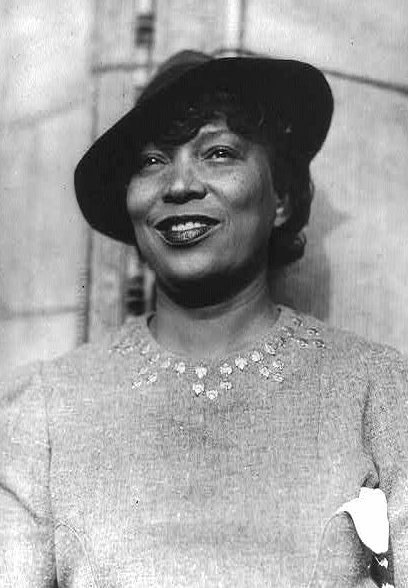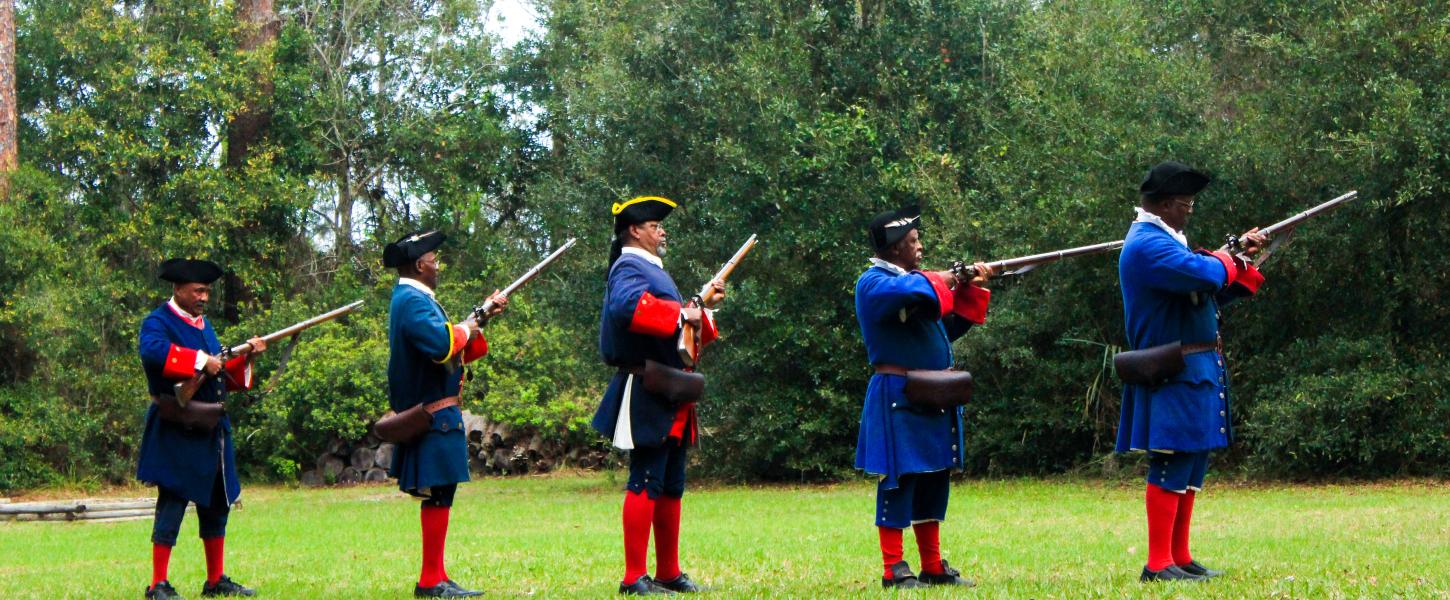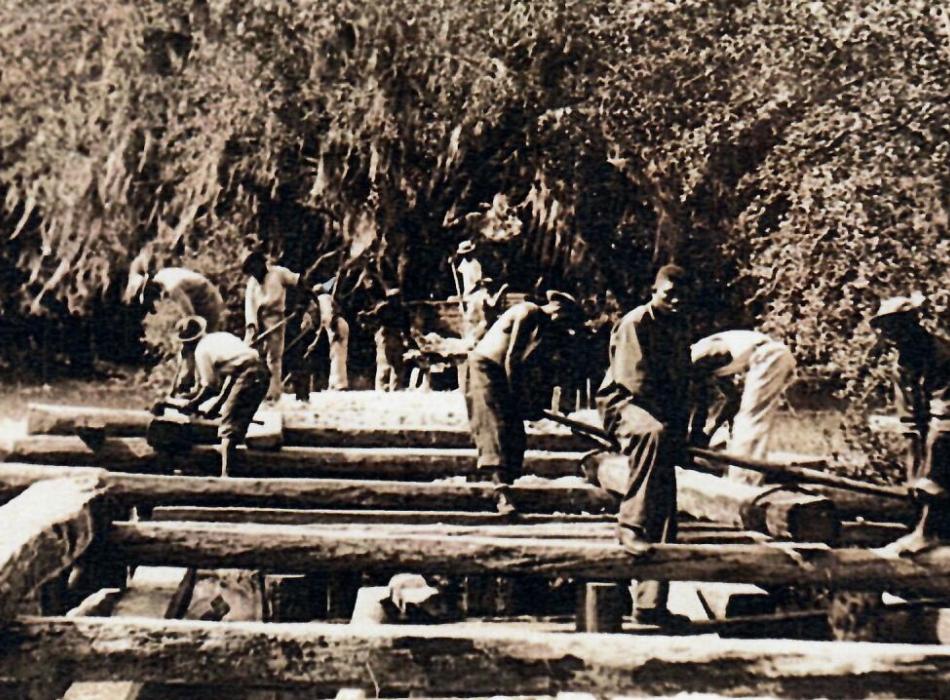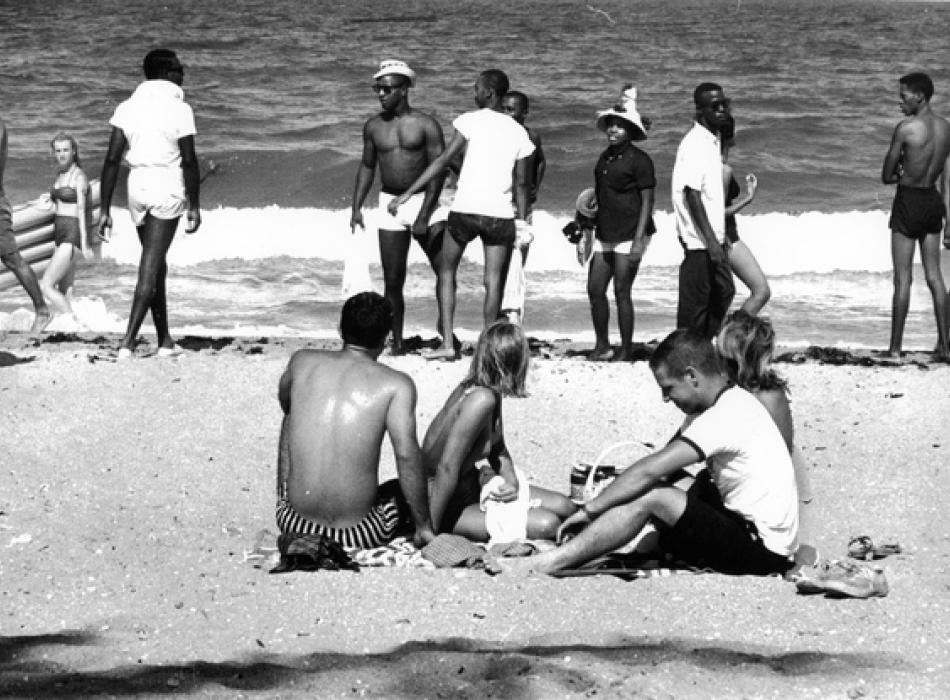
Black History Month: Influential Figures in Florida’s History

Black History Month: Influential Figures in Florida’s History
From our Spanish origins to the modern day, Black Floridians have had a huge influence on our state's culture and history.
Whether they were fighting on battlefields or in courtrooms, building roads through parks or bridges between communities, we want to highlight a few of the many Black Floridians who have left their mark on Florida State Parks.
Captain Francisco Menéndez
Formerly enslaved in the British colonies, Captain Francisco Menéndez rose to become the leader of Florida’s first legally sanctioned free Black settlement. Having previously led an enslaved militia for the Spanish at St. Augustine, the military man and his soldiers were eventually freed and named the head of Fort Mose, a settlement for free blacks just outside the city, upon its creation in 1738.
A brilliant military leader, he guided both iterations of the fort (the original having been heavily damaged by the British in 1740) in defending St. Augustine from English invaders.
Though the fort may have been abandoned in 1763, Captain Menéndez’s story is still told at Fort Mose Historic State Park.
Zora Neale Hurston

Marjorie Kinnan Rawlings wasn’t the only Florida author rising in literary prominence during the 1930s.
Raised in the largely Black town of Eatonville, Florida, Zora Neale Hurston wrote extensively about African American folklore and life in the South, and her works include two books set in the Sunshine State: Mules and Men and Seraph on the Suwanee.
The two enjoyed each other’s work and Hurston is known to have visited Rawlings at what is now Marjorie Kinnan Rawlings Historic State Park.
Zora passed away in Fort Pierce in 1960, but her novels continue to inspire readers.
Today, you may explore the life and times of Zora Neale Hurston in Fort Pierce along the Heritage Trail created in her honor.
Myakka Civilian Conservation Corps Workers
Formed in the 1930s to boost unemployment during the Great Depression, the Civilian Conservation Corps was instrumental in the building of the first eight Florida state parks. At the time, many of the organization’s corps were segregated, and it was one of these Black CCC corps that traveled to Sarasota in 1935.
Battling discrimination, as well as biting insects and intense heat, these brave workers helped build Myakka River State Park from the ground up, and many of the facilities they built are still in use today.

Dr. Von D. Mizell and Eula Johnson
Two of South Florida’s most influential civil rights leaders, Dr. Von D. Mizell and Eula Johnson played important roles in advancing the rights of Black citizens. As founding president of Broward County’s chapter of the National Association for the Advancement of Colored People (NAACP), Dr. Mizell fought the lack of access for Black Americans to Florida’s beaches.
Though the county designated the site of what is now Dr. Von D. Mizell – Eula Johnson State Park as a “colored beach,” the beach was largely inaccessible, and constructing a road to the beach was continually delayed. In response, Dr. Mizell and new NAACP chapter president Eula Johnson led “wade-in” protests across Broward County’s white-only beaches in 1961. When the city of Fort Lauderdale tried to end the protests, the courts ruled in favor of the activists, paving the way for other civil rights legislation like integrating the county’s schools.
Dr. Mizell, Eula Johnson and other influential figures in South Florida’s movement are honored at the park.
